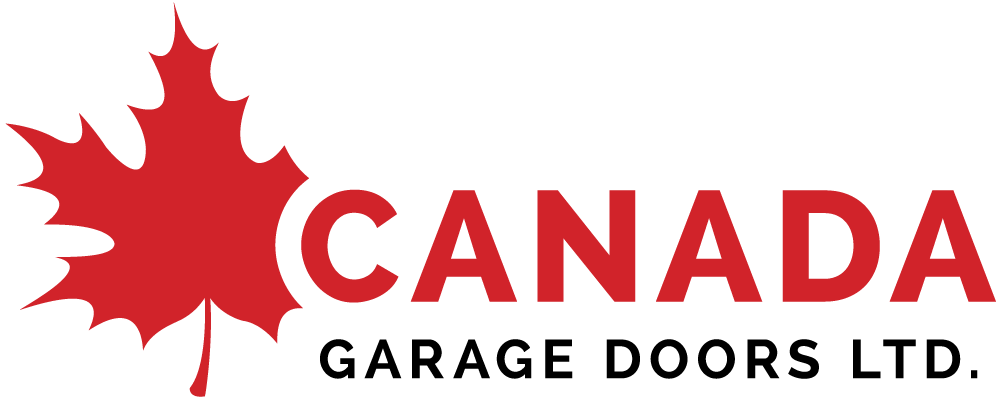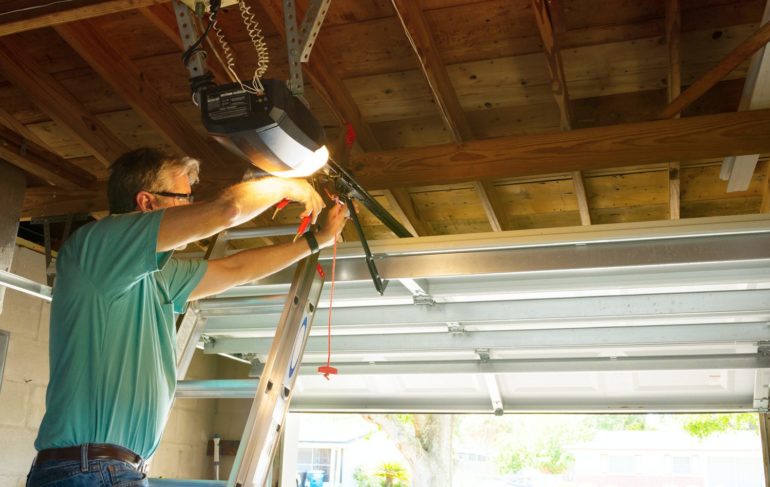Why Your Garage Door Isn’t Closing All the Way
It one of those things you just don’t think about, until there’s a problem. It’s one of those things that works perfectly until it breaks. Your garage door and opener rarely have a breakdown, but when they do, troubleshooting it feels like you’re hunting in the dark.
If you’re lucky, you might spot the problem fairly quickly. If the opener is working, but the door won’t close, you might find something blocking the tracks the door rolls along.
But, if after you check the tracks, it still doesn’t close all the way, then you might be facing any of a number of issues that could be causing the problem.
Here are some of the potential reasons for your garage door is not closing or not closing all the way.
Potential Reasons Your Garage Door Isn’t Closing
1. Something Blocking the Photo Eyes
One of the main safety systems of your garage door are the safety sensors located on each side of the door opening just above floor level. A signal is passed between the sensors and, when the signal is broken, the sensors trigger the opener to stop closing.
If you’ve already checked for the obvious, which would be an object blocking the photo eyes, check them more closely. One of the eyes could be very dirty, blocked by a spider web, or something could have slipped immediately in front of one of the eyes.
2. Photo Eyes Out of Alignment
This is one of the most common reasons for the garage door mysteriously not closing all the way. If the photo eyes are not in line with each other, the signal between them is broken and the opener will stop the door from closing.
Check to make sure the photo eyes are properly aligned. If they aren’t, a light on each eye will flicker. You can adjust each eye by turning the wing nut on them. Once the eyes are aligned, the light on each one will remain lit and not flicker
3. Broken Sensors
If there’s nothing blocking the photo eyes and they are in alignment, the problem could still be with the sensors. If power is being interrupted or the signal isn’t been sent between the eyes properly, you may need to replace the sensors. We have lots of quality replacement sensors available here at Upper Canada Garage Doors.
4. Broken Springs
Your garage door is very heavy, yet it moves with just about the same effort as any other door in your home. That massive weight is balanced by a series of springs. The main load-balancing spring is the torsion spring, which is installed above and parallel to your garage door, inside the opening to your garage. There are also two extension springs above the track on either side of the door. Extension springs have the dual role of providing some weight balance and of keeping the door aligned in the track.
If one or more of these springs breaks, it could mean that the garage door opener isn’t able to close the door. We strongly recommend that you do not try to fix or replace the torsion spring on your own. It is under a lot of tension and, if not handled properly, you could seriously damage the garage door or, even worse, harm yourself or someone else.
5. Track Misalignment
If for whatever reason the tracks along which the door’s rollers travel are not parallel to each other, it could make it impossible for the door to close. If the tracks are knocked by something, or perhaps just over time they slip out of alignment, they could ‘squeeze’ the rollers so that the rollers can’t travel properly.
With a little practice, you can become a garage door troubleshooting expert. Again, not every garage door repair should be done by the do-it-yourselfer. Contact us here at Upper Canada Garage Doors to learn more about our garage door service and repair options.

